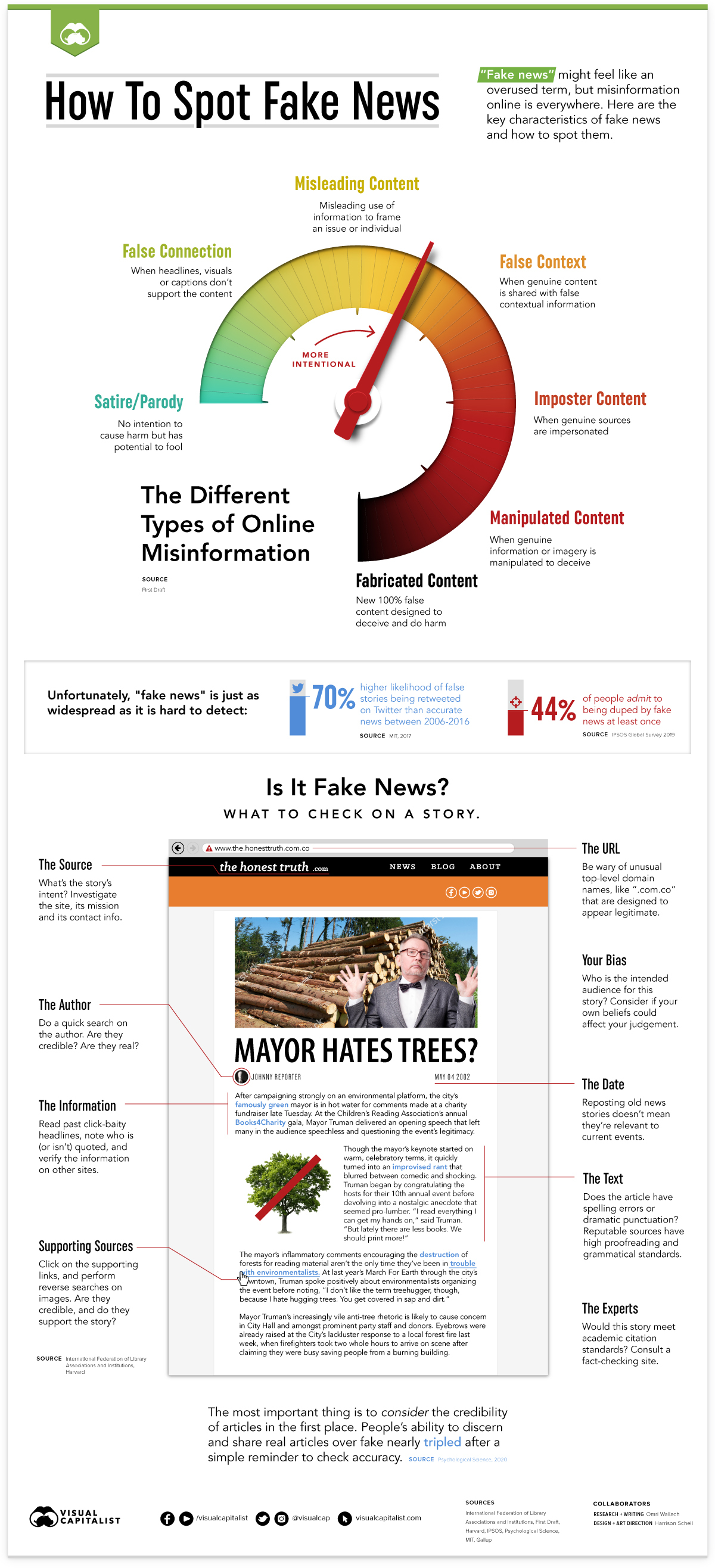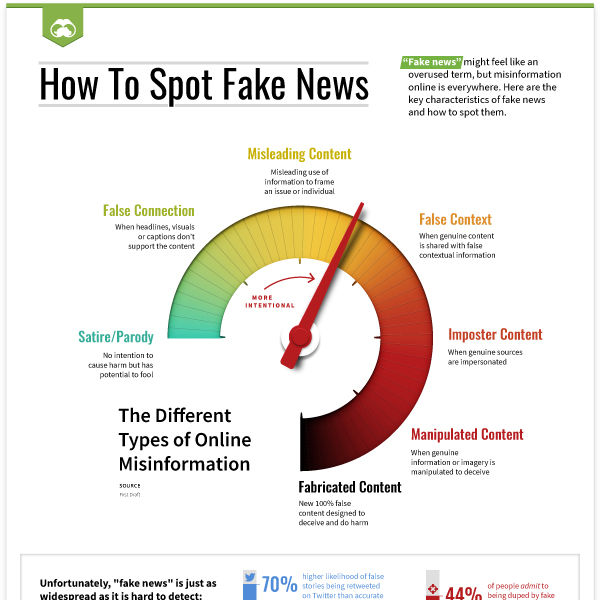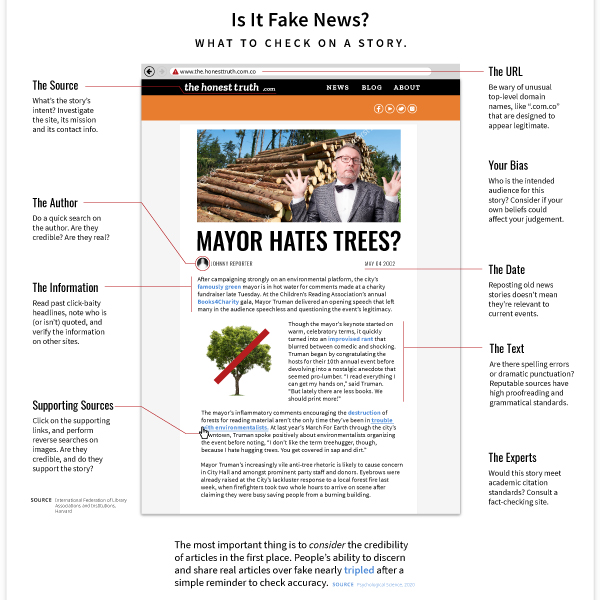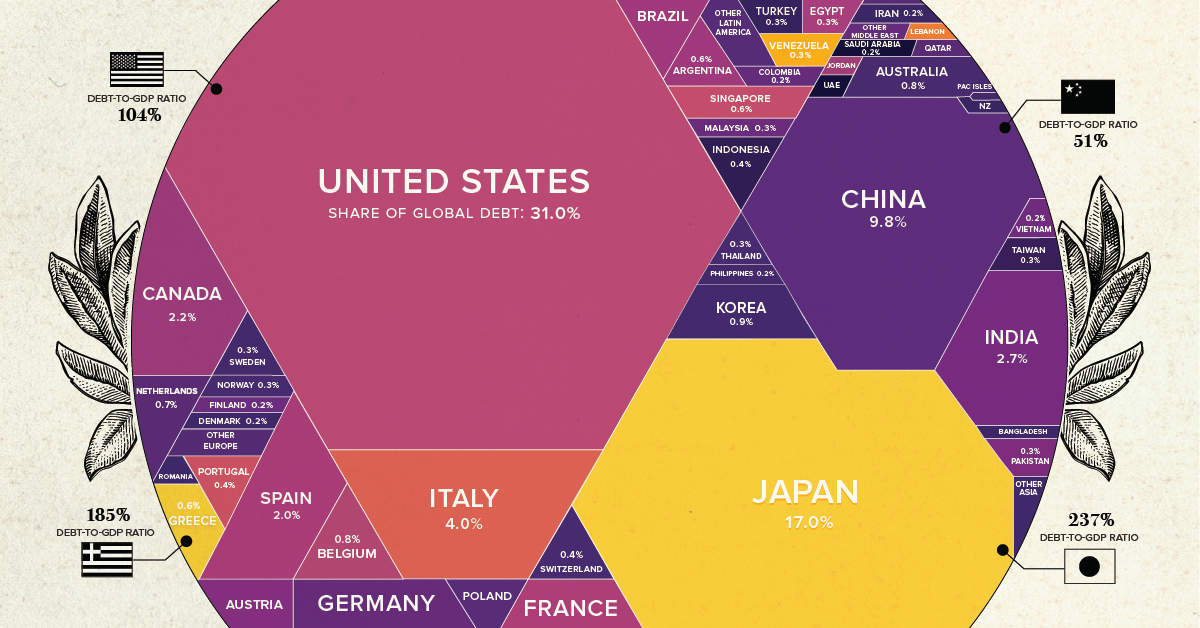
How To Spot Fake News
“Fake news” used to be a relatively uncommon problem, but over the last decade, and especially during the COVID-19 pandemic, increasing consumption of news and articles has caused misinformation to run wild.
Far from a new concept, misinformation and cherry-picked stories have been used throughout history as a form of propaganda or information warfare. However, the rise of social media as a hub for sharing articles has spread “fake news”—false or misleading information presented as legitimate news—all over the internet.
Fueled further by increasing polarization and the use of “fake news” by former U.S. president Donald Trump to also include negative coverage (whether legitimate or misinformed), it seems more difficult than ever to separate the trustworthy from the misleading.
With this in mind, we combined guidance from non-profit journalism project First Draft News and the International Federation of Library Associations and Institutions (IFLA) to create this guide for understanding “fake news” and how to spot it.
First published: February 10, 2021 (link)
Source files included: .ai, .eps, .pdf
Data source: First Draft News, International Federation of Library Associations and Institutions (IFLA)
A full license grants you the permission to download and modify our visualization, and to re-publish it in most professional and personal use cases.
Licenses also give you permission to translate our visualizations into another language, provided that you also remove the Visual Capitalist branding.
| Type of License | Full License (1 Credit) |
|---|



